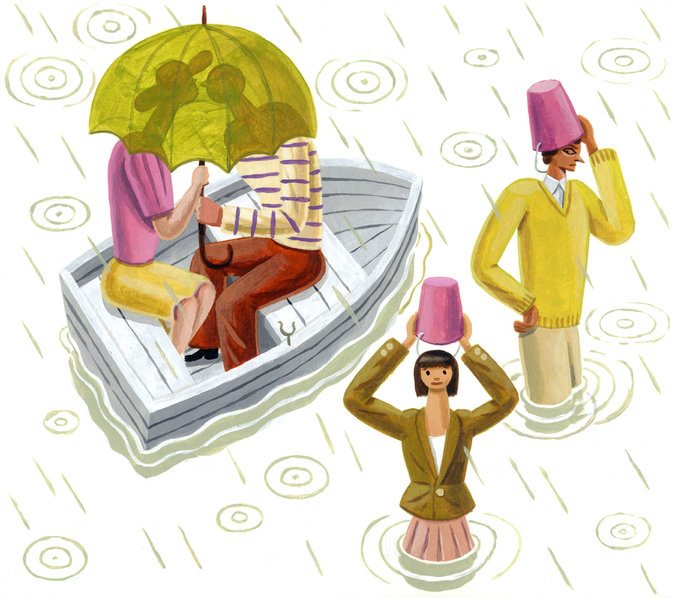
Are Marriages Better Or Worse Than They Used To Be?
In the Orthodox Jewish work “The Sayings of the Sages” it states about marriage “If there is love two can live on the edged of a sword. If…

In the Orthodox Jewish work “The Sayings of the Sages” it states about marriage “If there is love two can live on the edged of a sword. If…
TO understand marriage today, it is important to see how we got to where we are. Throughout America’s history, its populace has experienced three distinct models of marriage, as scholars like the sociologist Andrew J. Cherlin and the historian Stephanie Coontz have chronicled. In the era of the institutional marriage, from the nation’s founding until around 1850, the prevalence of individual farming households meant that the main requirements Americans had for their marriage revolved around things like food production, shelter and protection from violence. To be sure, Americans were pleased if they experienced an emotional connection with their spouse, but such affinities were perquisites of a well-functioning marriage rather than its central purpose.

In the era of the companionate marriage, from roughly 1850 until 1965, American marriage increasingly centered around intimate needs such as to love, to be loved and to experience a fulfilling sex life. This era overlapped with the shift from rural to urban life. Men increasingly engaged in wage labor outside of the home, which amplified the extent to which the two sexes occupied distinct social spheres. As the nation became wealthier and its social institutions became stronger, Americans had the luxury of looking to marriage primarily for love and companionship.
Since around 1965, we have been living in the era of the self-expressive marriage. Americans now look to marriage increasingly for self-discovery, self-esteem and personal growth. Fueled by the countercultural currents of the 1960s, they have come to view marriage less as an essential institution and more as an elective means of achieving personal fulfillment. “You make me want to be a better man,” from the 1997 movie “As Good as It Gets,” could serve as this era’s marriage ideal. In the words of the sociologist Robert N. Bellah, love has become, in good part, “the mutual exploration of infinitely rich, complex and exciting selves.”
As a psychologist, I could not help noticing that this history of marriage echoes the classic “hierarchy of needs” outlined in the 1940s by the psychologist Abraham Maslow. According to Maslow, human needs fit into a five-level hierarchy: The lowest need is that of physiological well-being — including the need to eat and drink — followed by the need for safety, then for belonging and love, then for esteem and finally for self-actualization. The emergence of each need characteristically depends on the prior satisfaction of a more basic need. A person unable to satisfy the need for food, for example, is wholly concerned with meeting that need; only once it is met can he focus on satisfying the need above it (safety), and so on.
My colleagues and I contend that an analogous process has occurred in our expectations about marriage. Those expectations were set at the low levels of Maslow’s hierarchy during the institutional era, at medium levels during the companionate era and at high levels during the self-expressive era.
More on next page…

